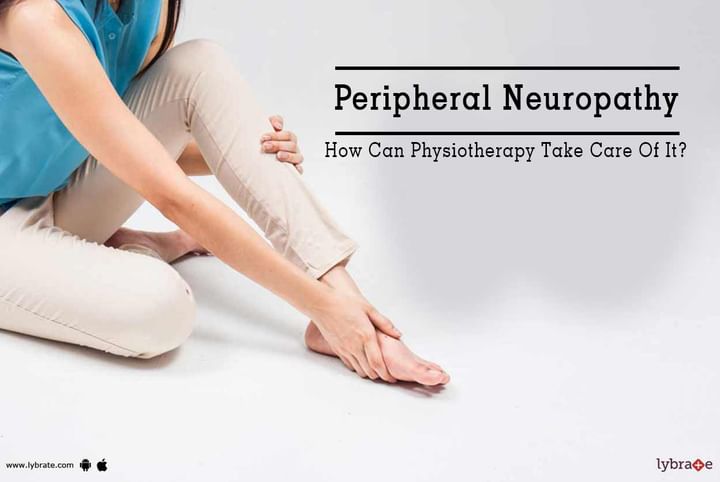Peripheral Neuropathy - How Can Physiotherapy Take Care Of It?
Peripheral neuropathy (PN) is damage to or disease affecting nerves, which may impair sensation, movement, gland or organ function, and affects other aspects of health, depending on the type of nerve affected. The treatment by a physical therapist helps in reducing symptoms and improves an individual’s quality of life. As the cause, type, and symptoms of peripheral neuropathy can vary, the approach to care also varies. Physical therapy is helpful in maintaining strength, mobility, and function.
Strengthening exercises for peripheral neuropathy moderately improve muscle strength. Exercising can help, when done regularly. They further reduce the neuropathic pain and also helps in controlling the blood sugar levels.
Objectives of physiotherapy include:
-
Maintaining and improving functions via a range of motion through stretching.
-
Strengthening muscles which include exercising against increasing resistance, use of weights and isometric exercise.
-
Balance training helps in providing stability and prevents falls.
-
Braces or splints can be used to enhance balance and posture.
-
Splinting is used in the treatment of compression mononeuropathies, such as carpal tunnel syndrome.
Following recommendations and care are provided by physiotherapist:
-
Moderate intensity exercise- It helps to improve strength and physical function.
-
Never gliding activities- Includes exercises shown by a physiotherapist who will help you move and glide your nerves.
-
Balance and coordination activities - Your physiotherapist works on strategies to improve your balance and coordination. Improving balance and coordination helps to decrease your risk of falling and injuries that arise due to it. Balance exercises are a crucial part of the recovery of peripheral neuropathy. Balance training is important in overcoming the feeling of stiffness and unsteadiness, especially among elderly people.
-
Education – Your physiotherapist educates you on how to safely manage peripheral neuropathy. It mainly focuses on improving your safety, preventing further complications, and finding alternative ways to perform certain tasks.
-
Kinetic therapy in peripheral nerve injuries- It should not be started until the late stage of nerve regeneration when progressive strength return can be seen. After an injury to the nerve, physiotherapeutic methods are used to eliminate paresis and to restore the normal function of muscles as well as to improve circulation.
-
Electrostimulation – It plays an important role in the treatment of various neuromuscular dysfunctions.
-
Magnetotherapy- It is used where a pulsed low-frequency magnetic field is applied. It has well-known effects on enhancing enzymatic activity, oxy-reductive processes and proper blood circulation resulting in better oxidation and conduction characteristics of regenerating peripheral nerves. It enhances the regeneration of nerve fibers.
-
Bio-laser stimulation- where low energy biostimulation lasers are used in palatial, continuous manner. Laser radiation can also be used to rejoin the nerve stumps.



+1.svg)
